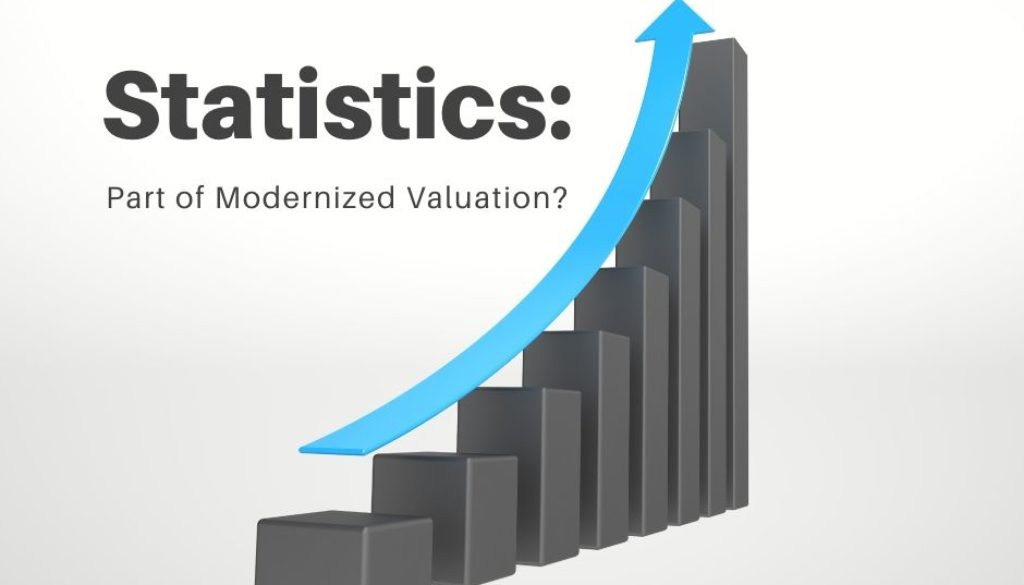Modernized Appraisal is a necessary part of coming lending regulation. Some think old methods are just fine. Others think advanced quantitative methods are necessary. What to do?
Most of us started out learning about things like median, mean, maximum, minimum, and even standard deviation. “Descriptive statistics” they called it. Our teachers also showed us pretty visual things with colors, like pie charts, bar charts, and boring tables.
Later, we were growing up, and we learned about taking samples, random samples. We took samples because it was too hard to collect all the data. And we were taught the samples must be random.
Then we became appraisers, and learned to love tables (three comps on a grid), ultramodern electric spreadsheets using five (or even more) comps in a spreadsheet. These could even magically multiply our “adjustment factors” for us. And reviewers learned to check the auto-multiplication for correctness. If a reviewer disagreed, they called it a USPAP violation, even though it was just their opinion.
We learned to never just take the ‘average’ of the ‘adjusted’ prices. They told us the average is just ‘equal weight’ – we should provide a reason for giving different weight to each of the comps.
And then things changed. Appraiser education changed. We got an AQB (Appraiser Qualifications Board), which told us we needed to learn statistics. The Appraisal Institute immediately developed the first course: Real Estate Finance, Statistics, and Valuation Modeling. The “Finance” half of the course was excellent. Unfortunately, the “statistics” part was mostly inferential statistics (the part which requires random sampling). And the “modeling” part was entirely about AVMs, not the modeling which appraisers need to do. Other schools simply followed the mistaken pattern of the AI class.
The emphasis on the random sample (inferential) statistics carried forward to the “advanced quantitative methods” education. Inferential statistics has little or no real usefulness for today’s modern data bases and computer power. None. However, the benefit was/is that to get to inferential statistics, the underlying descriptive statistics is covered in that education. As a result, many appraisers have learned the needed basics in descriptive numbers, graphs, and thinking it takes to understand larger groups of data.
What became substantially lost in the education milieu was the need for modernized valuation modeling (not AVMs). Our profession was left with the concept of AVM usage by appraisers. The Appraisal Foundation even wrote an advisory opinion (AO-18) on how appraisers could use an AVM to form an opinion. One requirement there is that an appraiser must “have a basic understanding of how the AVM works.” Unfortunately, AVMs are generally black boxes, with proprietary/secret algorithms, and varying secret measures of reliability/risk. (This Advisory Opinion appears out of date, and in line for being revised.)
The basic conflict that came from these developments is the most important part of appraiser modernizing methods, including the need to understand modeling. Modeling is the judgment part of asset analysis. Modeling is the most valuable part of the appraiser’s competence.
An example (in the ‘traditional’ way) is the modeling decision around the ‘three approaches’ to value.
Modernized modeling requires expert judgment in different ways. The focus is methods for competitive market selection, as well as simple predictive algorithms. And simple “statistics.”
Only descriptives, like mean, median, range, quantiles, and deviation are needed. That is all the statistics you need to know.
